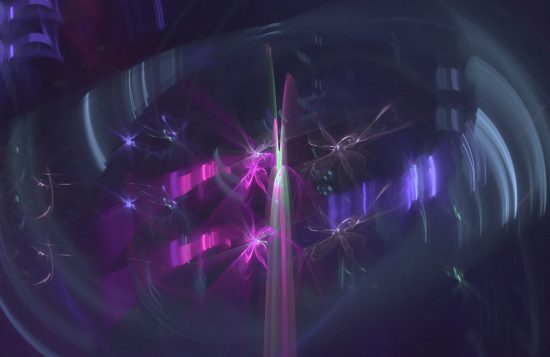
February 26, 2020
What’s “reality”?
For science, for the past century or more, it’s “what’s out there”, “the given”. And we get to know it by looking at it. (I say “looking” to mean all sensation.) To get to know it better, we need only to look closer. To that end, we invent microscopes and telescopes to magnify it. We substitute electronic devices for our eyes in order to “see” reality in radio and x-ray wavelengths. Our technologically enhanced senses have put us more in touch with reality than at any other time in the history of our species.
But we’ve known all along that’s not how knowing works. And if that’s not how we know, what we know probably isn’t what we think it is. Reality may not be real.
Looking only produces a tingling in the nerves. Sensation, as such, is meaningless. People learn to make sense of their sensations soon after birth, and by the time they can talk, they’ve forgotten how they learned and even that they did learn. But when cataract surgery was first perfected, it enabled many people who had been blind from birth to see for the first time. Marius von Senden wrote about their experiences in Space and Sight. The newly sighted people experienced patches of color or brightness without meaning. They had to learn to associate the patches with concepts previously associated with other sensations. (This may be the only episode in the history of our species in which individuals capable of communicating their response experienced “pure observation”.)
Nor do nerves transmit anything. One nerve is stimulated to discharge its tiny electrical spark, and this may stimulate nearby nerves to discharge theirs. There’s no variation in amplitude, no “gray tones”. It’s either on or off. When the chain of discharges reaches the brain, the only way to distinguish one spark from another is the relationship with all other sparks. These relationships can form into groups, and the groups can become associated. Associations of associations can stimulate each other. Hierarchies of associations can develop, which can become “tangled” by associations among higher- and lower-level associations.
In this way a dynamic classification system arises. It creates the sensory order, which is not so much a one-to-one mapping of the real world as a metaphor of it. For example, in the real world, colors are part of a linear arrangement of increasing wavelengths. Beyond red is infrared, and beyond violet is ultraviolet. But in the sensory order, red and violet join at purple to make a circle. There is no purple wavelength in the real world.
So looking can in no way be equated with knowing. We need an idea to make sense of sensation. That’s what theories do. It’s also what fantasies do, and they’re not what we usually consider to be knowledge. We’re missing something.
What turns percepts and concepts, those associations of nervous sparks, into knowledge is judgement: answering the question, “Is it true?” Either answer–yes or no–does the trick. Douglas Allchin points out in The Epistemology of Error, “The key epistemological distinction … is between empirically unresolved questions, or uncertainty, and resolved questions…,” between determinate and ambiguous.
But judgement, unlike diamonds, is seldom forever. There can be new sensations, new data, and new ideas, new theories. Old sensations and ideas can be rearranged. The question for judgement can be recalled. The determinate can become ambiguous again. The tangled hierarchies of associations of associations of nerve sparks are continually re-energizing themselves and shifting their patterns. Sometimes they reorganize themselves en masse: There can be paradigm shifts which shift reality.
How can reality shift if it’s “what’s out there,” to be known by looking at it? Maybe we started our march down Epistemology Lane on the wrong foot.
Notice that from the beginning we’ve unconsciously assumed a dichotomy between a “real” “out there” and what must therefore be an “unreal” “in here”. One of Piet Hein’s Grooks is pertinent: “lines we neatly drew and later neatly stumbled over.” A clue to catching our balance is to notice that, to me, your nerve sparks and classification system and sensory order and paradigm-determined reality are part of my “out there” reality. The dichotomous categories we invented encompass each other and can’t be dichotomies.
Notice too that equating knowing with looking also equates reality with the descriptions of that looking. This error underlies much of modern physics: Mathematical equations are symbolic representations of the descriptions of looking, so equating reality with the descriptions reduces reality to a set of equations. A vicious circle results: The equations allow you to deduce reality, and you no longer need even to look. What began as empiricism ends up as idealism. The objective and the subjective become confused. Cause and effect become meaningless. The arrow of time becomes an illusion, as in relativity, and existence depends on measurement, as in quantum mechanics. Our unconscious assumptions in the beginning have come back around to bite us on the ankle.
And in light of the nerve sparks and sensory metaphors and mutable judgements, an even more basic, unconscious, and untenable assumption comes to light: that reality is something we start with.
For science, for the cognitive understanding of our experiences, reality is really what we end up with.
Mel Acheson
The Thunderbolts Picture of the Day is generously supported by the Mainwaring Archive Foundation.












